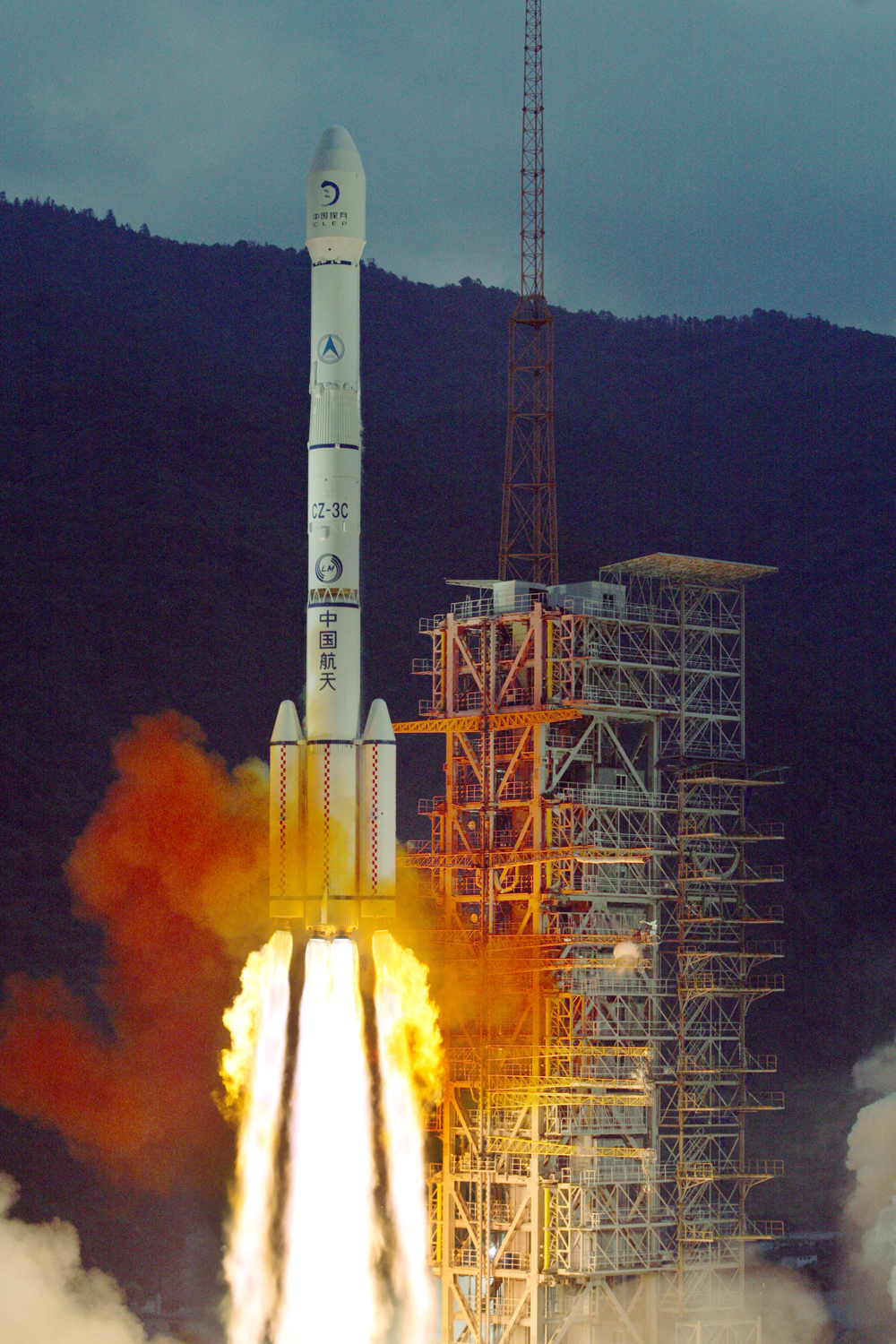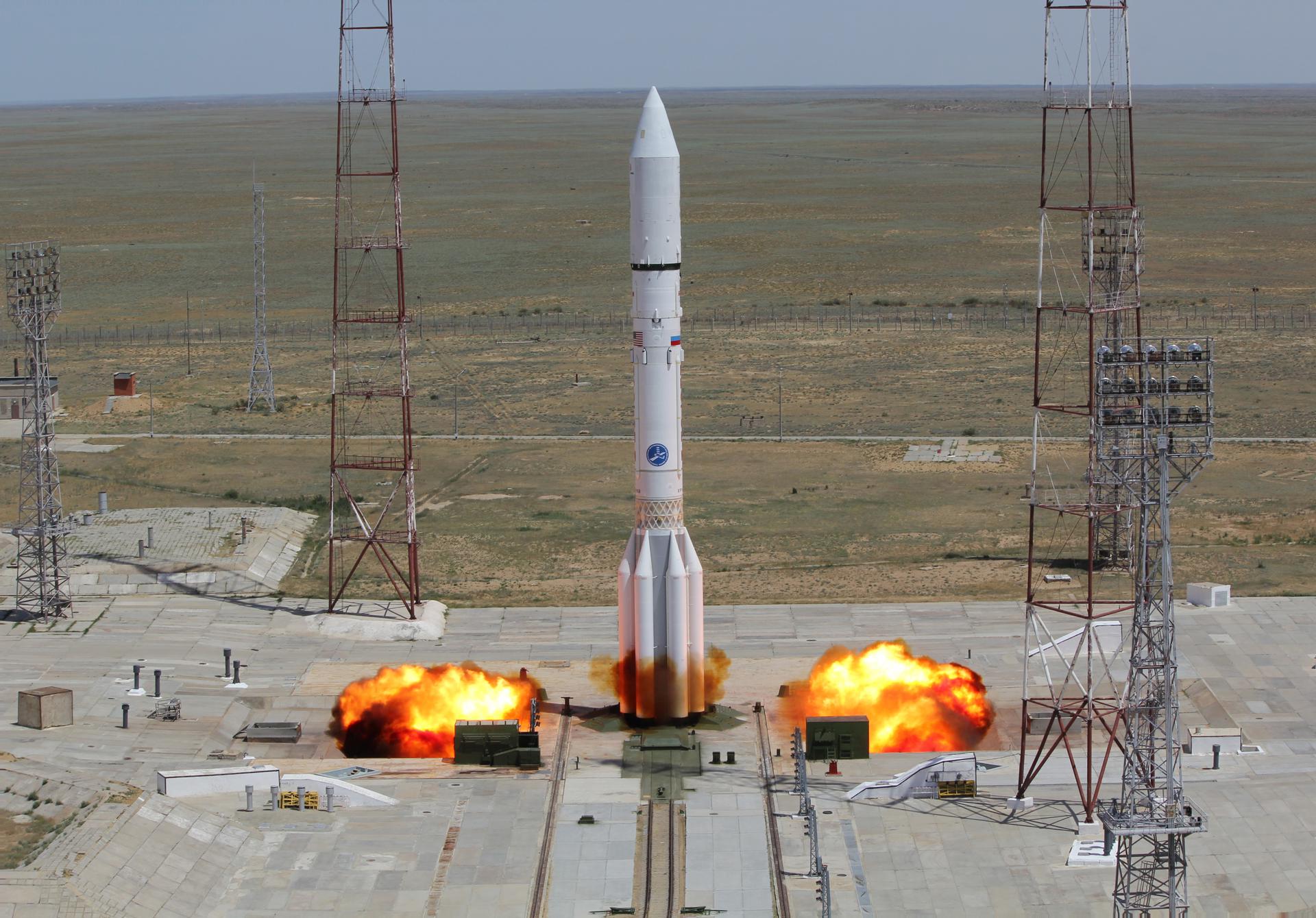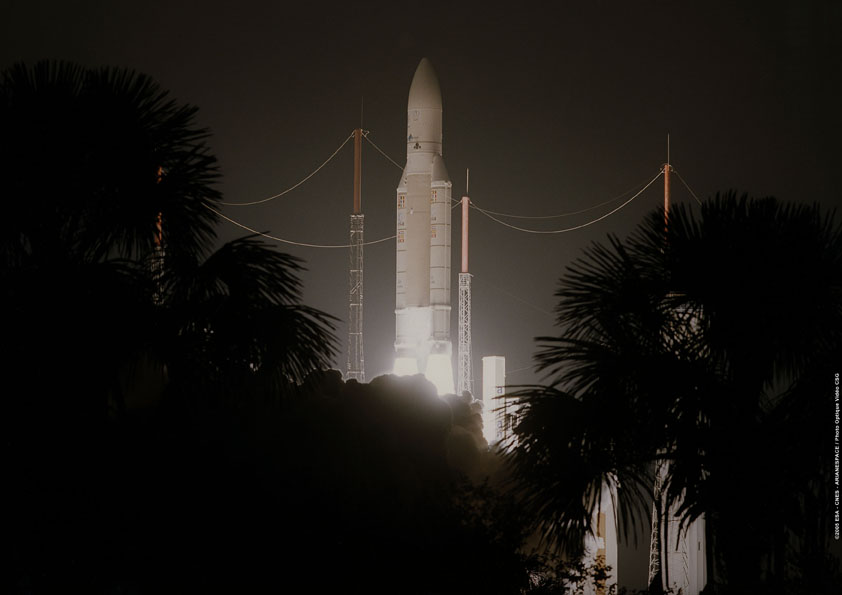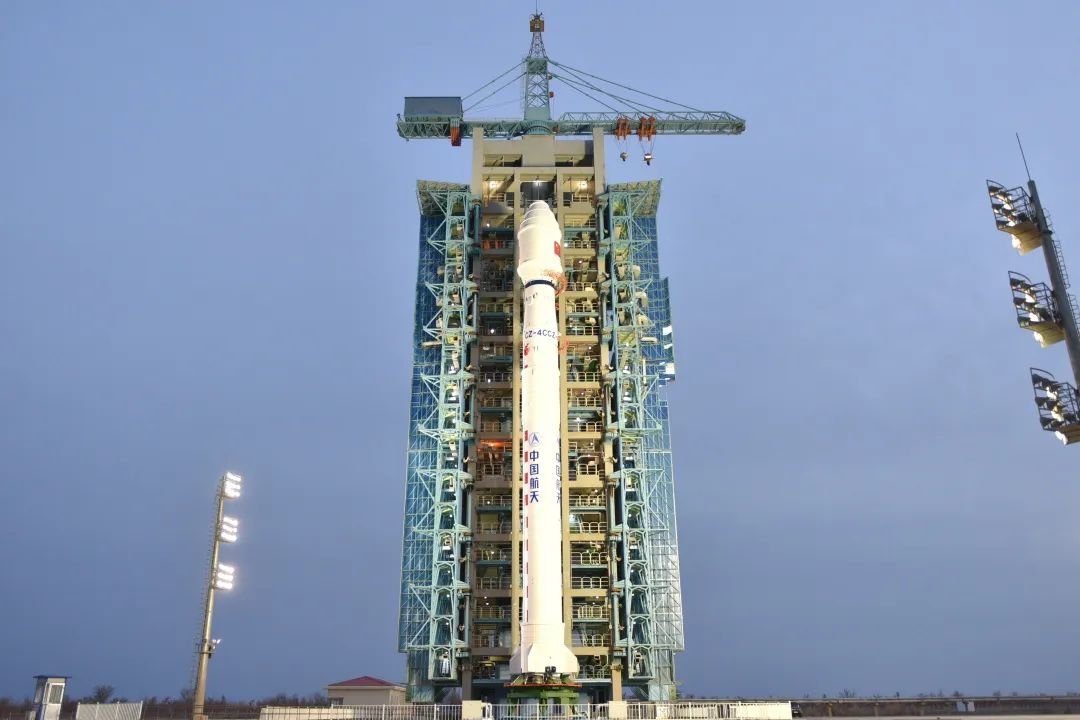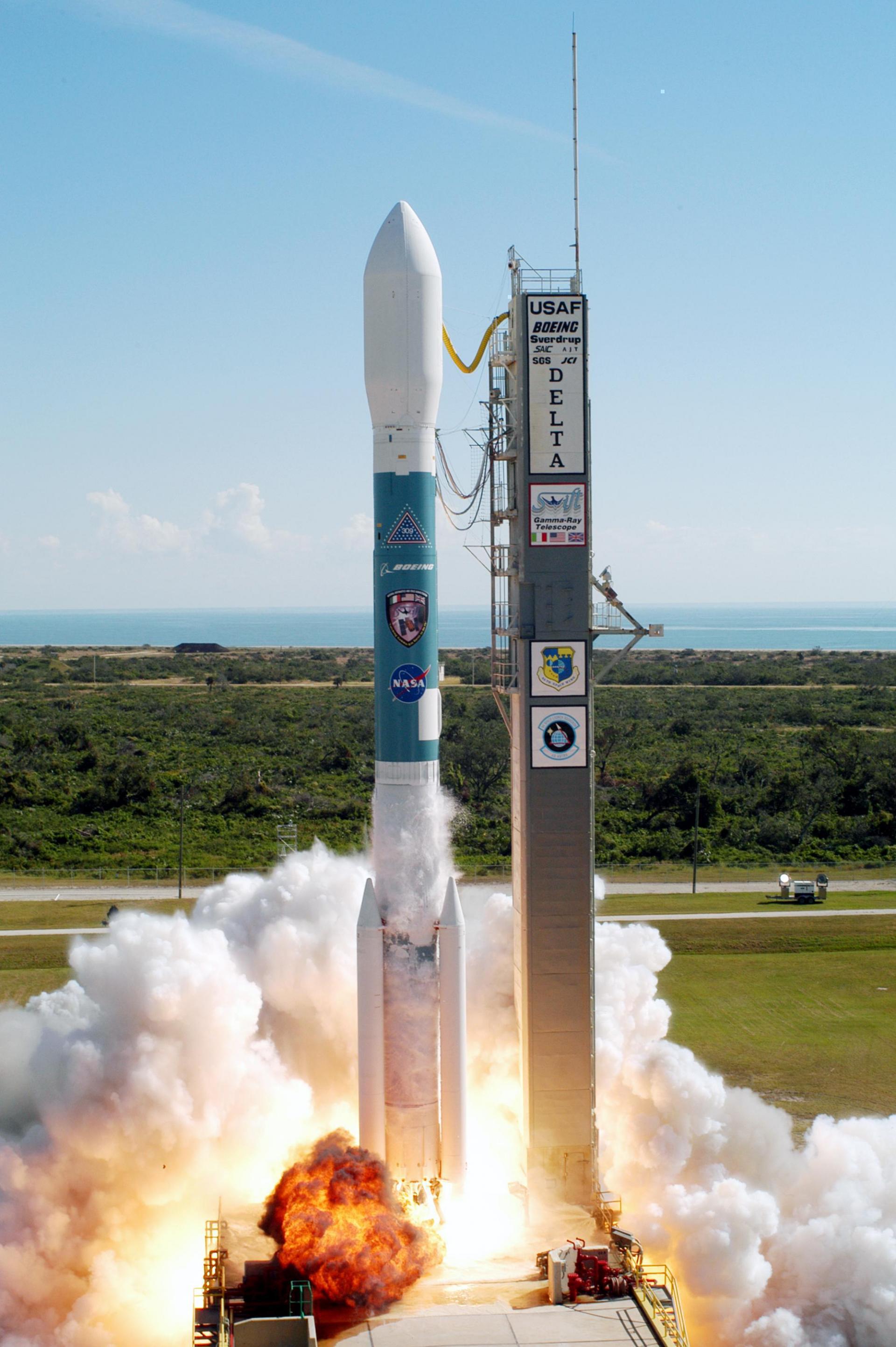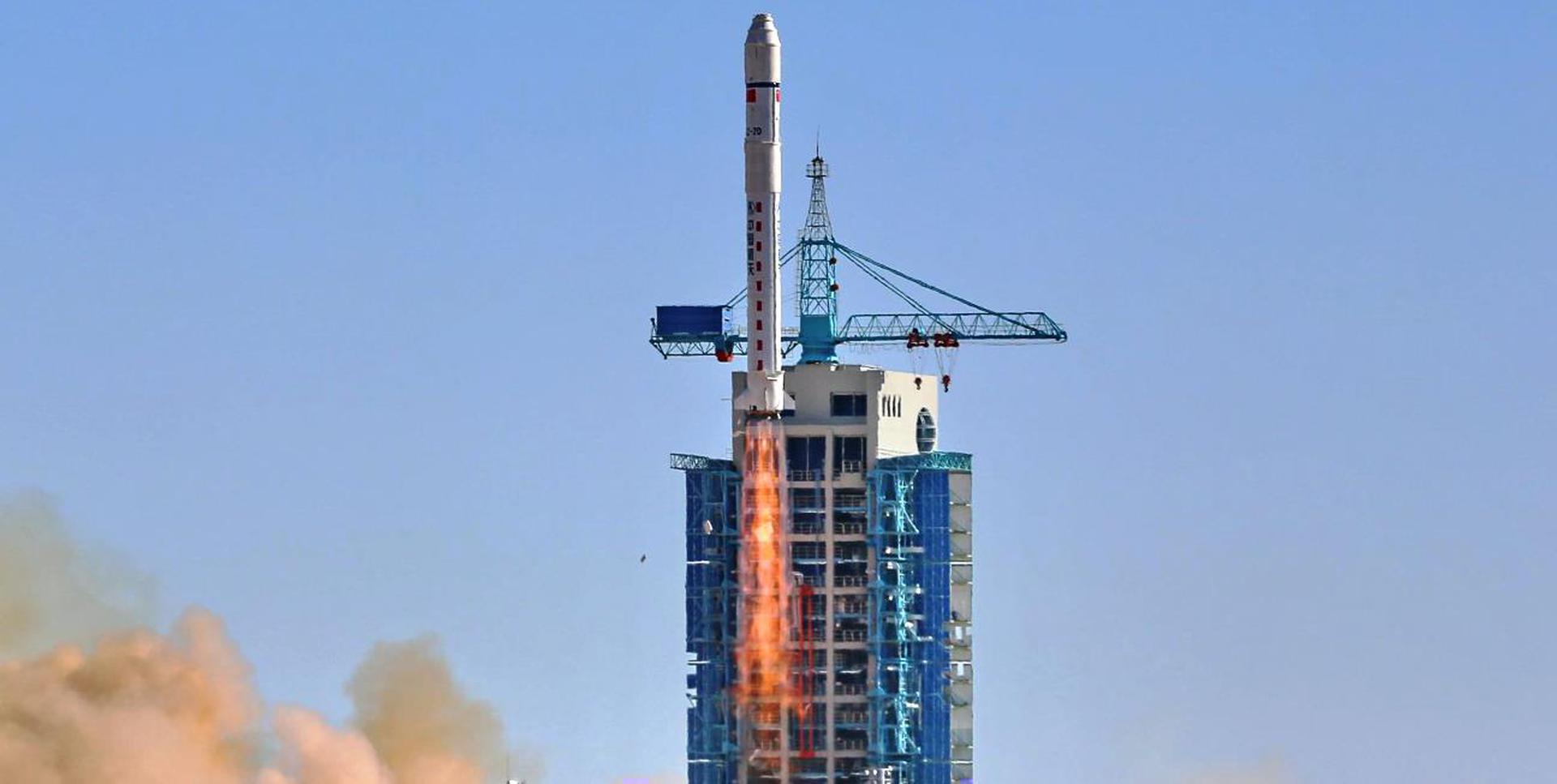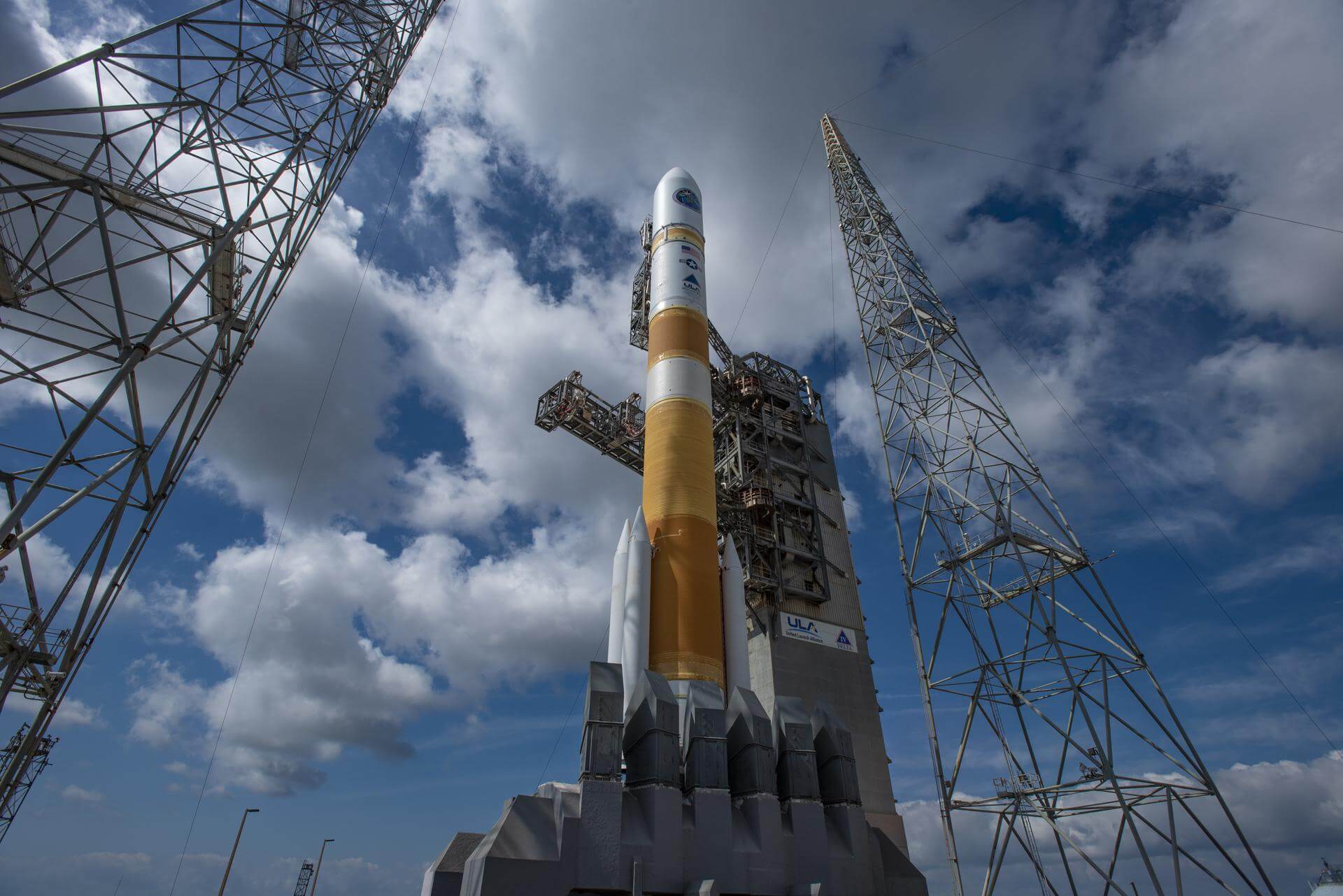Previous Spaceflight Launches
Filter by Agency, Locations or Vehicles
Show All LaunchesLong March 3C | Compass-G1
China Aerospace Science and Technology Corporation | ChinaXichang Satellite Launch Center, People's Republic of China
Jan. 16, 2010, 4:12 p.m.
Proton-M | DirecTV 12
Khrunichev State Research and Production Space Center | RussiaBaikonur Cosmodrome, Republic of Kazakhstan
Dec. 29, 2009, 12:22 a.m.
Soyuz-FG | Soyuz TMA-17
Progress Rocket Space Center | RussiaBaikonur Cosmodrome, Republic of Kazakhstan
Dec. 20, 2009, 9:52 p.m.
Status: Launch Successful
Mission:
Soyuz TMA-17 begins Expedition 22 by carrying 3 astronauts and cosmonauts to the International Space Station. Russian Commander, cosmonaut Oleg Kotov alongside Flight Engineers, Timothy Creamer (NASA) & Soichi Noguchi (JAXA) will launch aboard the Soyuz spacecraft from the Baikonur Cosmodrome in Kazakhstan and then rendezvous with the station. It landed on June 2, 2010, 03:25 UTC
Low Earth OrbitAriane 5 GS | Helios 2B
ArianeGroup | FranceGuiana Space Centre, French Guiana
Dec. 18, 2009, 4:26 p.m.
Long March 4C | Yaogan Weixing 8
China Aerospace Science and Technology Corporation | ChinaTaiyuan Satellite Launch Center, People's Republic of China
Dec. 15, 2009, 2:31 a.m.
Delta II 7320-10C | WISE
United Launch Alliance | United States of AmericaVandenberg SFB, CA, USA
Dec. 14, 2009, 2:09 p.m.
Proton-M | Uragan-M 21 to 23
Khrunichev State Research and Production Space Center | RussiaBaikonur Cosmodrome, Republic of Kazakhstan
Dec. 14, 2009, 10:38 a.m.
Long March 2D | Yaogan Weixing 7
China Aerospace Science and Technology Corporation | ChinaJiuquan Satellite Launch Center, People's Republic of China
Dec. 9, 2009, 8:42 a.m.
Delta IV M+(5,4) | WGS-3 (USA-211)
United Launch Alliance | United States of AmericaCape Canaveral SFS, FL, USA
Dec. 6, 2009, 1:47 a.m.
Zenit | Intelsat IS-15
Land Launch | RussiaBaikonur Cosmodrome, Republic of Kazakhstan
Nov. 30, 2009, 9 p.m.
